Meet the Team - Melissa Cronin
July 2022
Melissa is one of the co-founders of Mobula Conservation who are supporting Isabella Ossiander, the research student whose project is the recipient of ‘The Cyclone Grant 2022’.
Tell us about your first devil ray encounter.
I first encountered devil rays when working in the field with my PhD advisor, Dr. Don Croll, and the Conservation Action Lab at UC Santa Cruz. In fact—I first heard them before I saw them: the loud SMACK of the Munk’s devil ray hitting the ocean’s surface following a balletic leap into the air. What followed was a sight I’ll never forget: a school of dozens of these small devil rays, swimming tightly together like a platoon.
How did you come to be involved with Mobula Conservation?
For my PhD research, I conducted a population genetics study of three Mobulid species to understand population structure, a crucial metric for understanding the evolutionary history and current status of these animals. However, in talking with my Mobula Conservation co-founders and Project Leaders, Marta Palacios and Nerea Lezama-Ochoa, we quickly realized that genetic tools could be used for investigating immediate threats to Mobulids, too. We also had concerns about Mobulids potentially showing up in grocery stores and fish markets near the Sea of Cortez, a global Mobulid biodiversity hotspot. But we didn’t know the occurrence or extent of the problem, and we needed to use scientific tools to find out.
Fortunately for us, we were able to team up with Isabella Ossiander, a student at UC Santa Cruz who will be leading this project with the generous support of Manta Trust and the Cyclone Grant. Izzy is a fantastic geneticist and emerging conservation scientist. Together we’re thrilled to examine potential fishing and sale of Mobulids in Baja California Sur, and to use novel genetic tools to investigate a potentially pressing threat to these species.
What legacy would you like to leave in your field of research/conservation?
One of the most important parts of our work at Mobula Conservation is collaboration. It is extremely important that our work is done in conjunction with local communities, tourism operators, and fishers, many of whom have deep knowledge about the biology and behavior of manta and devil rays. We know that fishing is the primary threat to Mobulids, but we believe that it’s only by working with fishers that we can fully understand and design effective solutions to reduce this threat. We hope that our legacy as a conservation organization will be as an example of how to work effectively across diverse partners, particularly in small- and large-scale fisheries, for the conservation of threatened species. We know that for threatened marine species, working together is the best way to get things done.
What is the most challenging part of your work?
The most challenging part of my work is simply accessing information and data about these charismatic but understudied species. We know surprisingly little about manta and devil rays, and particularly less about the smaller devil rays, including population estimates, and migratory paths. Even more scarce is data on their capture and bycatch in fisheries, which can be very difficult to access—if it even exists at all. This makes it very difficult to assess the conservation status and threats to Mobulids–but emphasizes, even more, the importance of working directly with fishers and fisheries.
What is the most surprising thing you have learnt about manta/devil rays?
The most surprising and impressive thing I’ve learned about these animals is their schooling behavior. Especially with the Munk’s devil ray, a small species found only in the Eastern Pacific Ocean, which can form these incredible schools of dozens, hundreds, thousands–maybe even tens of thousands! This is an overwhelming sight to see up close: a sea of devil rays, all swimming in unison. To me, it’s similar to the Great Wildebeest Migration. And even more surprising is that we still don’t know exactly why these animals school in such large groups!
If you could ask people to do one thing to help - what would it be?
There are lots of things people can do to help manta and devil rays, including practising responsible tourism, reducing their carbon footprint and plastic use to reduce pollution impacts on these species.
But it’s been well-established that the primary threat to manta and devil rays is fishing, so reducing or avoiding unsustainable fish can contribute to their conservation. If you choose to eat seafood, programs like the Monterey Bay Aquarium Seafood Watch can help you make informed decisions about what you eat, and to avoid species, gears, and fisheries that could have been responsible for catching and killing manta and devil rays. When in doubt, a good approach is to try to eat local seafood, especially if you can know who caught it and how it was caught.
Beyond your role as a consumer, the most important thing you can do for manta and devil rays and other vulnerable marine species is to get involved politically to pressure your local elected officials and governments to adopt strong laws for environmental and ocean protection and sustainable fisheries.
Melissa Cronin
Co-Founder - Mobula Conservation





